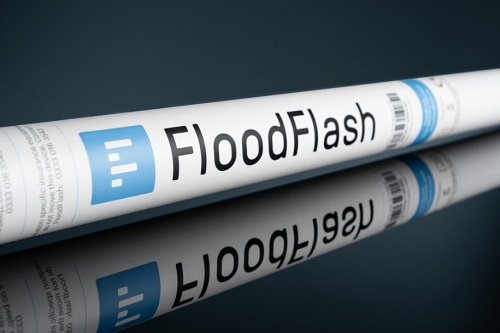Parametric underwriting at FloodFlash

Authored by FloodFlash
We delve into some of the differences between parametric and indemnity underwriting, and share some of the recent innovations in the world of parametric insurance.
What is parametric insurance?
Let’s start with recapping the basics. Parametric insurance follows an ‘if this, then that’ structure. At FloodFlash, if flood water reaches a pre-agreed depth, we pay a pre-agreed payout.
Meanwhile, indemnity insurance looks to return the insured back to the state they were in before an event. The payout will depend on the damages incurred.
What does this mean for underwriting?
Traditional underwriting involves many unknown components, the largest being how much a claim will be. Parametric insurance flips the equation on its head. Instead of establishing the value of damage that an event might cause to set a price, parametric underwriters are interested in two main components:
The probability of an event occurring The probability of the chosen triggers being met or exceeded
What does this mean for your clients?
For a parametric policy, clients choose what happens during a claim at the quote stage. At FloodFlash, that’s the depth of water that would trigger a payout, and the payout itself.
This means parametric insurers (and clients) know the value of every claim before it happens, leading to more certainty. Greater certainty allows parametric insurers to support locations and properties who would otherwise go without cover and offer premium savings in areas of higher risks.
What are the challenges?
While parametric insurance has many benefits, there are challenges from an underwriting perspective – largely around the data and models used.
FloodFlash senior risk modeller Mano points to the high resolution of data required to write parametric policies, especially for flood. He says: ‘Understanding spatial variability of parametric triggers at the property level requires far more detailed data compared to traditional catastrophe models.’
Analyst Matt agrees, and adds the issue of data availability: ‘When it comes to pricing a risk, it helps to understand the heights of previous flood events, which is not always easily available.’
Finally, analyst Chang considers the challenges of risk models, saying: ‘different geographical areas and different types of perils require tailored models, each with their own complexities and data requirements.’
What are the new innovations surrounding parametric insurance?
While some of these challenges remain, advancements in data and tech are making parametric insurance far more accessible, leading to a significant increase in its use and applications in recent years.
For FloodFlash, improvements in IoT technology and data processes allowed us to create our award-winning sensor and provide cover to 1000s of businesses across the UK and US.
We’re certainly not alone though. Whether it’s dedicated natural catastrophe parametric teams at established insurance companies (such as Gallagher Speciality, Miller, and Munich Re) or insurtechs launching new products (from travel delays to IT disruption), parametric insurance is certainly gaining momentum.
Other innovations include combined policies, for example, integrating flood and wind triggers into one policy, as well as using AI, machine learning, and advanced models.





